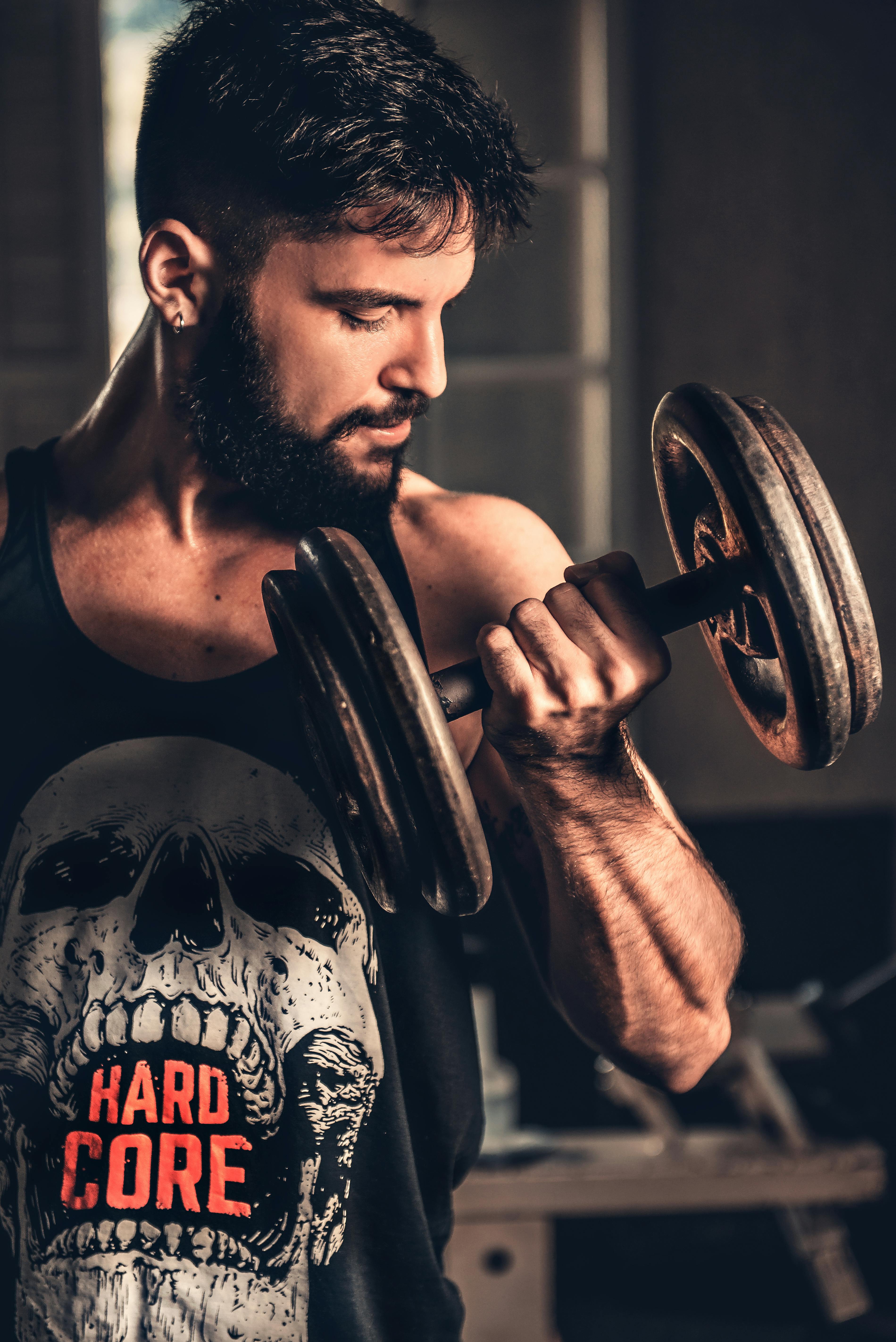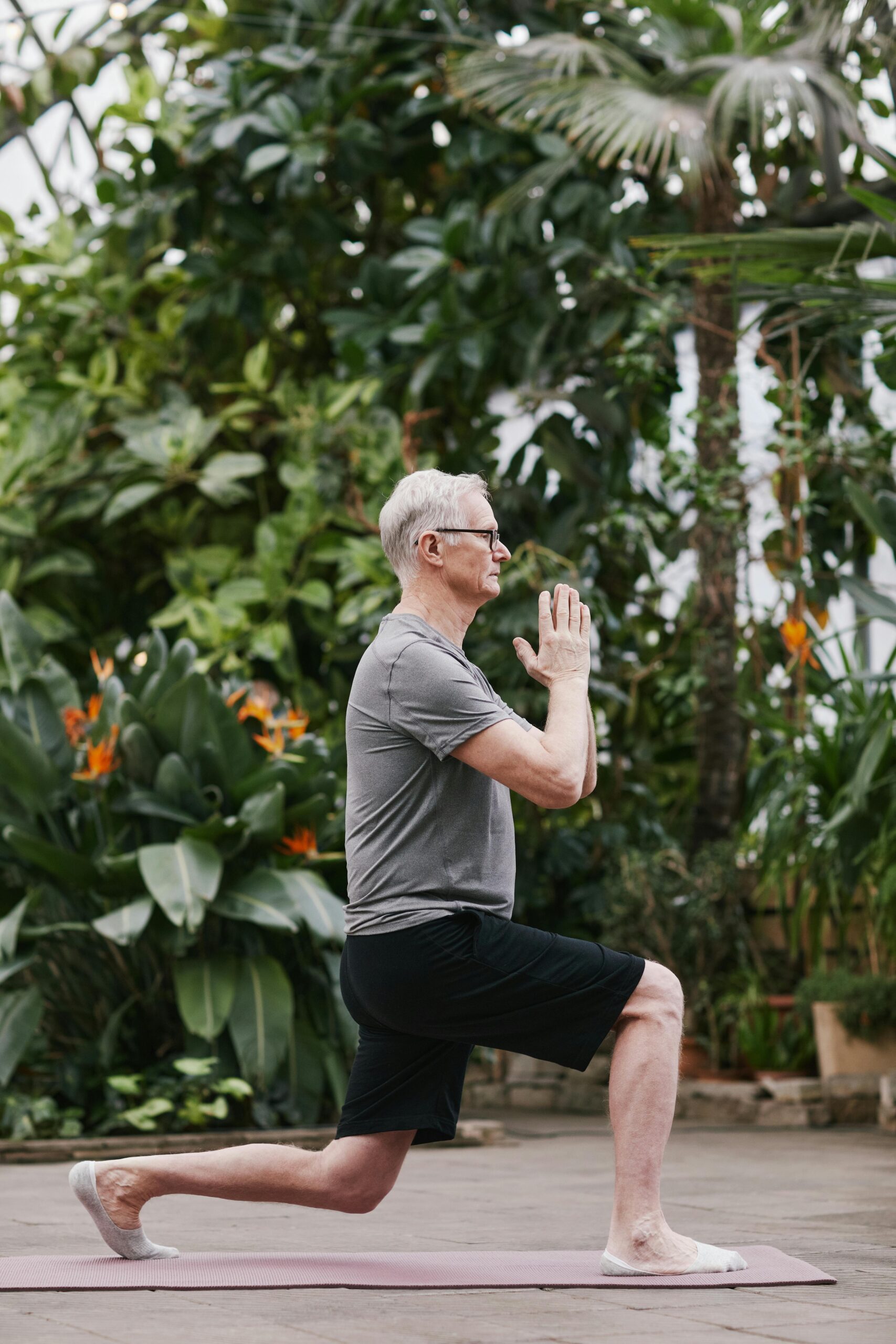Effective Guide to Unterkörper Training for Enhanced Muscle Strength in 2025
Unterkörper Training plays a crucial role in developing muscle strength and overall fitness, especially for those aiming to achieve specific fitness goals. In 2025, as workout trends evolve, the importance of a balanced approach to lower body training becomes even more pronounced. This article delves into the essential components of a well-structured Unterkörper trainingsplan, focusing on exercises that target major muscle groups like the thighs and calves.
This comprehensive guide will explore effective techniques to maximize your strength and enhance your athletic performance. By incorporating exercises like Squats, Lunges, and the Beinpresse, you can build robust leg muscles, improve your mobility, and strengthen your overall physique. We will also touch on advanced training methods for fitness enthusiasts looking to optimize their body strength and improve their sporting prowess.
With practical advice, expert recommendations, and a look into the physiological benefits of Unterkörper Training, you’ll be equipped to create an effective workout plan tailored to your fitness level. The journey to powerful and healthy legs starts here!

Essential Components of a Successful Unterkörper Trainingsplan
Building on the fundamentals of Unterkörper Training, understanding its core components is vital for anyone looking to enhance their lower body strength significantly. A well-rounded trainingsplan incorporates key exercises that target different muscle groups in the legs and emphasizes progressive overload, ensuring strength gains over time.
Key Exercises for Effective Beintraining
The foundation of any Unterkörper Training plan consists of core exercises such as Squats, Lunges, and Beinpresse. These movements are not only effective for isolating specific muscles but also play a crucial role in functional fitness. Squats engage the quadriceps, hamstrings, and glutes, while Lunges focus on balance and coordination, working multiple muscle groups simultaneously.
When implementing these exercises into your regimen, it’s essential to maintain proper form to prevent injuries and derive maximum benefits. Starting with bodyweight variations can be beneficial for beginners, allowing them to master the movements before progressing to weights.
The Importance of Waden Übungen
Focusing on calf exercises, or Waden Übungen, is often overlooked but is vital for overall leg development. Strong calf muscles not only improve athletic performance in activities requiring acceleration and jumping but also enhance stability and balance. Incorporating exercises like Wadenheben into your routine can effectively round out your lower body training.
Progressive Training Techniques
Progressive training is key to building strength effectively. This involves gradually increasing the weights lifted, altering the repetitions, and enhancing the intensity of workouts over time. For instance, once you feel comfortable with basic Squats and Lunges, you can add weights or try variations such as jump squats or Bulgarian split squats to challenge your muscles further.

Creating a Balanced Unterkörper Workout Routine
With these basics established, it’s essential to create an Unterkörper workout routine that balances various exercises to target all muscle groups evenly. The aim is to promote muscle hypertrophy while ensuring you’re also focusing on core strength and stability.
Integrating Bodyweight and Resistance Training
Using both bodyweight exercises and resistance training in your Unterkörper workouts can help you achieve your fitness goals efficiently. Bodyweight training cultivates foundational strength and is ideal for those starting their fitness journey, while resistance training helps increase muscle mass and overall strength. Combining both forms of training will lead to better outcomes in muscle development and functional fitness.
Importance of Regeneration Times
Equally crucial to training is the understanding of recovery and regeneration times necessary for muscle growth. Muscles need time to repair and grow stronger after each session. Ensuring adequate rest days and engaging in active recovery techniques can prevent overtraining, muscle fatigue, and potential injuries. This holistic approach can lead to sustainable progress and improved results.
Setting Realistic Fitness Goals
Establishing achievable fitness goals helps to maintain motivation and sets a clear path for your training journey. Whether your aim is weight loss, muscle building, or improved athletic performance, having specific targets aids in creating a focused and effective Unterkörper trainingsplan. Regularly reassessing these goals will help to ensure that you are on track and making progress.
Advanced Techniques for Maximizing Unterkörper Strength
Taking your Unterkörper training further, advanced techniques can significantly enhance your results. Engaging in methods like plyometric training and stability exercises can help shake up your routine and lead to significant improvements.
Plyometrisches Training for Explosiveness
Plyometric training focuses on explosive movements, enhancing your strength, speed, and agility. Exercises like jump squats and box jumps can help improve your explosive power, making them ideal for athletes looking to gain a competitive edge. Incorporating these into your routine can provide not only physical benefits but also mental fortitude.
Stabilisation und Gleichgewichtstraining
Stability and balance training are integral for enhancing lower body performance. This type of training focuses on improving your body’s ability to maintain control of movements, which is especially useful in sports requiring quick pivots or changes in direction. Stability exercises such as single-leg deadlifts or balance exercises using a stability ball can enhance coordination and core engagement.
Utilizing an Online Community for Support
Lastly, joining a fitness community or engaging in online coaching could provide support and motivation for your Unterkörper training endeavors. Sharing experiences, obtaining new workout ideas, and keeping track of your progress with a group can enhance your fitness journey significantly. Connecting with fellow fitness enthusiasts provides accountability and can encourage a consistent workout routine.
Q&A Section: Common Concerns and Expert Recommendations
1. What Are the Best Exercises for Beginners?
For beginners, focusing on bodyweight exercises such as Squats, Lunges, and Glute Bridges can build a solid foundation. These movements can be easily modified for intensity, gradually transitioning to weighted variants as strength improves.
2. How Often Should I Train My Lower Body?
It’s recommended to train your lower body 2-3 times a week, allowing for at least 48 hours of recovery between sessions to promote muscle repair and growth.
3. What Should I Do If I Experience Muscle Soreness?
Experiencing muscle soreness is typical after intense workouts. Engage in active recovery, light stretching, or yoga to alleviate discomfort and promote blood flow to the sore muscles.
4. Can I Incorporate Unterkörper Training at Home?
Absolutely! Many effective Unterkörper exercises, such as Squats, Lunges, and even resistance band workouts, can easily be performed at home without the need for equipment.
5. How Can Nutrition Support My Unterkörper Training?
Nutrition plays a significant role in muscle recovery and growth. Consuming protein-rich foods post-workout aids in muscle repair, while carbohydrates replenish energy stores. Hydration is also key to optimal performance and recovery.
In conclusion, a well-structured Unterkörper trainingsplan is essential for anyone looking to build strength and improve fitness levels. By incorporating fundamental exercises, focusing on recovery, and employing advanced techniques, you can achieve your fitness goals and enhance athletic performance.
